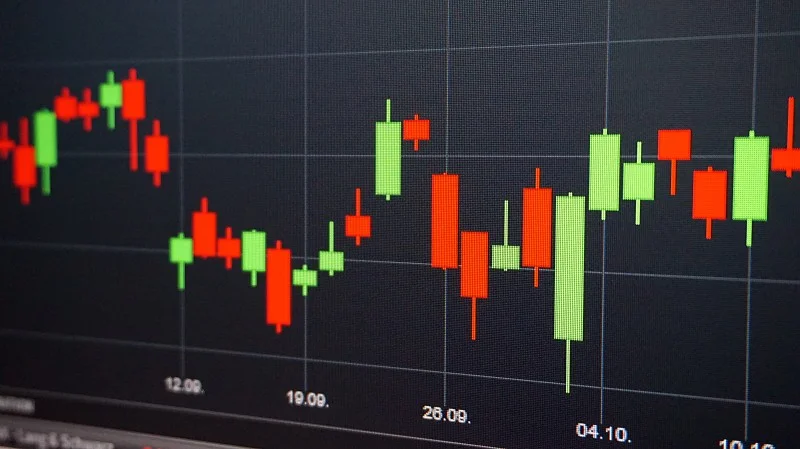In today’s data-driven world, organizations have access to vast amounts of data that can provide valuable insights for decision-making and business success. However, without proper analysis techniques, data remains merely raw information. Data analysis techniques help organizations unlock the power of data by uncovering patterns, trends, and relationships within the information. This article provides a detailed guide to data analysis techniques, including their definition, process, benefits, examples, and related tools and organizations that support their implementation.I. Understanding Data Analysis Techniques:Data analysis techniques refer to the methods and processes used to analyze, interpret, and derive meaningful insights from data sets. These techniques involve various statistical, mathematical, and visual methods that help identify patterns, relationships, and trends within the data. By applying appropriate data analysis techniques, organizations can make informed decisions, discover opportunities, and optimize their operations.II. Common Data Analysis Techniques:
- Descriptive Analysis: Descriptive analysis involves summarizing and presenting data in a meaningful way. It includes techniques such as measures of central tendency (mean, median, mode), measures of dispersion (range, standard deviation), and data visualization (charts, graphs). Descriptive analysis helps to understand the basic characteristics of the data set.
- Inferential Analysis: Inferential analysis allows organizations to make predictions or draw conclusions about a larger population based on a sample. Techniques such as hypothesis testing, regression analysis, and confidence intervals are used to infer insights about the population using statistical models and probability theory.
- Exploratory Data Analysis (EDA): EDA involves the initial examination of data to identify patterns, outliers, and relationships. Techniques such as scatter plots, box plots, histograms, and correlation analysis are used to explore data visually and gain an understanding of its underlying structure. EDA helps in generating hypotheses and identifying potential areas for further analysis.
- Predictive Modeling: Predictive modeling involves using statistical algorithms and machine learning techniques to predict future outcomes based on historical data. Techniques such as regression analysis, decision trees, and neural networks are used to develop models that can forecast trends, customer behavior, or business performance.
- Text Mining and Natural Language Processing (NLP): Text mining and NLP techniques are used to analyze unstructured textual data. This includes sentiment analysis, topic modeling, text classification, and entity extraction. These techniques help organizations gain insights from sources such as customer reviews, social media comments, or survey responses.
- Time Series Analysis: Time series analysis focuses on analyzing data collected over time to understand patterns, trends, and seasonality. Techniques such as moving averages, exponential smoothing, and ARIMA models are used to forecast future values and identify recurring patterns or anomalies.
III. Examples of Data Analysis Techniques:Example 1: Customer Segmentation Data Analysis Technique: Cluster Analysis Cluster analysis is used to identify groups or segments within a data set based on similar characteristics. In customer segmentation, it can help identify distinct groups of customers based on demographic, behavioral, or psychographic factors. This analysis allows organizations to tailor marketing strategies and improve customer satisfaction.Example 2: Sales Forecasting Data Analysis Technique: Time Series Analysis Time series analysis can be used to analyze historical sales data to forecast future sales trends. By examining patterns, seasonality, and other factors, organizations can make informed decisions about inventory management, production planning, and resource allocation.IV. Related Tools and Organizations:
- Microsoft Excel: Microsoft Excel is a widely used spreadsheet tool that provides built-in functions and data analysis capabilities. It offers features such as pivot tables, data visualization, and statistical functions that enable users to perform various data analysis tasks. Website: https://www.microsoft.com/en-us/microsoft-365/excel/
- Python: Python is a popular programming language that offers powerful libraries for data analysis and machine learning. Libraries such as NumPy, Pandas, and Matplotlib provide tools for data manipulation, analysis, and visualization. Website: https://www.python.org/
- R: R is a programming language specifically designed for statistical computing and graphics. It offers a vast collection of packages and functions for data analysis, visualization, and modeling. R is widely used in academia and research. Website: https://www.r-project.org/
- Tableau: Tableau is a data visualization and business intelligence tool that enables users to create interactive visualizations and dashboards. It provides a user-friendly interface and allows for easy exploration and analysis of data. Website: https://www.tableau.com/
Conclusion:Data analysis techniques are essential for organizations to extract meaningful insights from data and make informed decisions. By utilizing appropriate techniques such as descriptive analysis, inferential analysis, predictive modeling, and others, organizations can unlock the power of their data and gain a competitive edge. Through the use of related tools and the support of organizations dedicated to data analysis, organizations can effectively implement data analysis techniques, leading to improved decision-making, operational efficiency, and business success.References:
- Microsoft Excel. (2022). Microsoft Excel. Retrieved from https://www.microsoft.com/en-us/microsoft-365/excel/
- Python. (2022). Python. Retrieved from https://www.python.org/
- R Project. (2022). The R Project for Statistical Computing. Retrieved from https://www.r-project.org/
- Tableau. (2022). Tableau. Retrieved from https://www.tableau.com/
For better understanding join MCAL Global’sMaster Business Analysis Training – MBATâ€. MBAT is the flagship business analyst course. MCAL Global has trained more than 2000 professionals on the business analysis processes, concepts, tools, techniques, best practices, business analyst certification, and software tools via this program.
Through active feedback collected from individuals & corporates, MCAL Global has perfected this business analyst course via numerous updates and revisions to deliver the best possible results for individuals or corporates.MCAL Global conducts a classroom for this business analyst course in Pune and Mumbai, else you can join our live online business analyst course from anywhere.
MCAL Global has trained professionals from the United States, UAE – Dubai, Australia, United Kingdom, and all major cities from India through our live instructor online business analyst courses. You can send your interest by visiting our contact us page.

